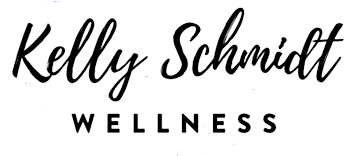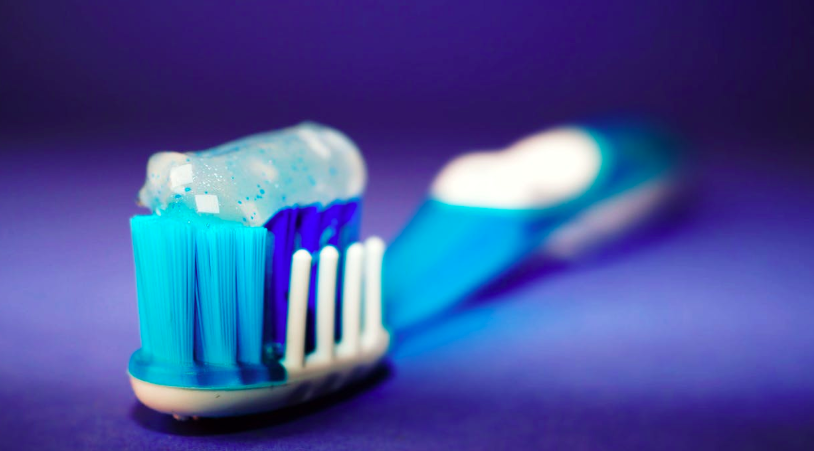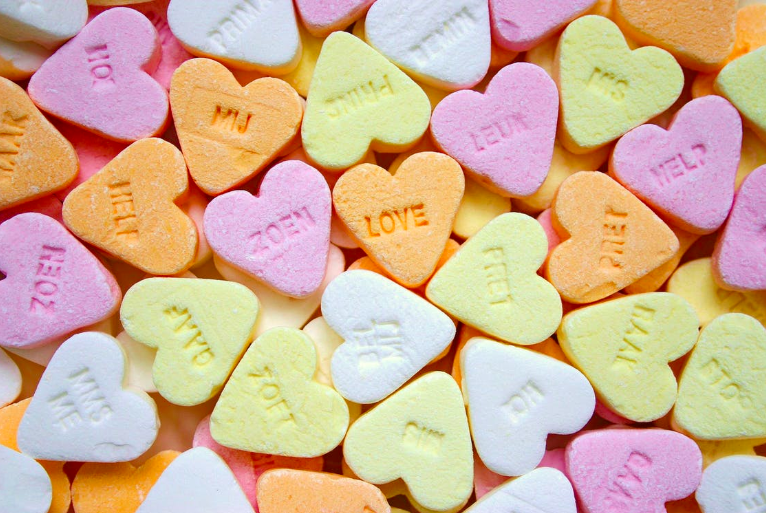Dye-Free Businesses
Like Aldi and Whole Foods, I wish I could make the entire community food dye-free. Today, Americans are eating 5x more food dye than they did in 1955, and I absolutely believe it as I was a Crystal Light drinker for most of my childhood. Yup, CL has food dye in it. Per day, this is 15 million pounds that companies are adding artificial food dye to consumer products.
Just last month my husband was overseas and my children and I were struck with the flu. As the only adult in the house, I had mouths to feed and children to care for so I found myself at our local CVS looking for any and every aid to help the pain of glass in my throat and congestion in my head. After 35 minutes of reviewing every option, I couldn’t bring myself to buy any of the medications as they were all covered in dye. Why does a pill need to be blue, yellow, or red? A white pill works just fine.
Dye-Free Meds
PS, Meijer and a few other pharmacies carry dye-free meds, especially dye-free Amoxycillin, which I learned after I had no choice of using the pink one (red food dye) I got for my dye-sensitive son last year.
Where Do Artificial Food Dyes Exist?
Even if you are more of a savory type, I can put money on it that you have touched, consumed or seen sources of artificial food-dye today: toothpaste, crackers, pickles, yogurt, potato chips, pastas, macaroni, gum and much more. Make it an effort to review all ingredients this week and filter out the items you buy that have dye. When consumers create demand by voting with our dollars, companies will follow.
Dyes are made by burning coal tar or they are derived from petroleum byproducts like tartrazine and erythrosine.
Sugar As A Reward
Sadly, it’s not just the medicine aisle. My kids go to 2 different schools, and just as an example, on the 100th day of school, they ate the rainbow in candy, cereal, and food dye. This is a problem. Food dyes don’t belong in our diet, let alone remedies that are supposed to help us get better. We need this to change, and it needed to be changed yesterday. I am fed up and below highlights why.
A Rainbow of Risk
- I am going beyond the behavior change that comes with artificial food dyes, these colors are linked to cancer risk (1).
- Yet, on the topic of behavior, for children (and adults) who have to work very hard to be attentive and still in a classroom, it’s ironic that teachers are rewarding good behavior with tootsie pops and candy. Next week I will discuss what sugar does, but the artificial dye itself sets behavior back.
- The European Union requires foods with food dyes to come with a warning label, such as this one, “Consumption may have an adverse effect on activity and attention in children.”
- The Center for Science in the Public Interest (CSPI) published a report detailing how dyes relate to hyperactivity in children, increase cancer risk and lead to other health problems. The full PDF document can be found here.
Step-Up
If you are local to me or not, let’s take off our rose color glasses and set some boundaries of how we are feeding ourselves and our children. Anxiety, depression, obesity are real problems, and the quality of food we consume has everything to do with it. Let’s create a demand for what our kids are fed at sports activities, schools and celebrations and above all, vote with our dollars.
Do you have any experience with artificial food dyes? Does your family consume these foods?
You May Also Enjoy:
This is part of a 4-part series on “Personalized Nutrition.” Be sure to click through all the topics on this subject, which I’ve hyperlinked below.





Leave A Comment
You must be logged in to post a comment.